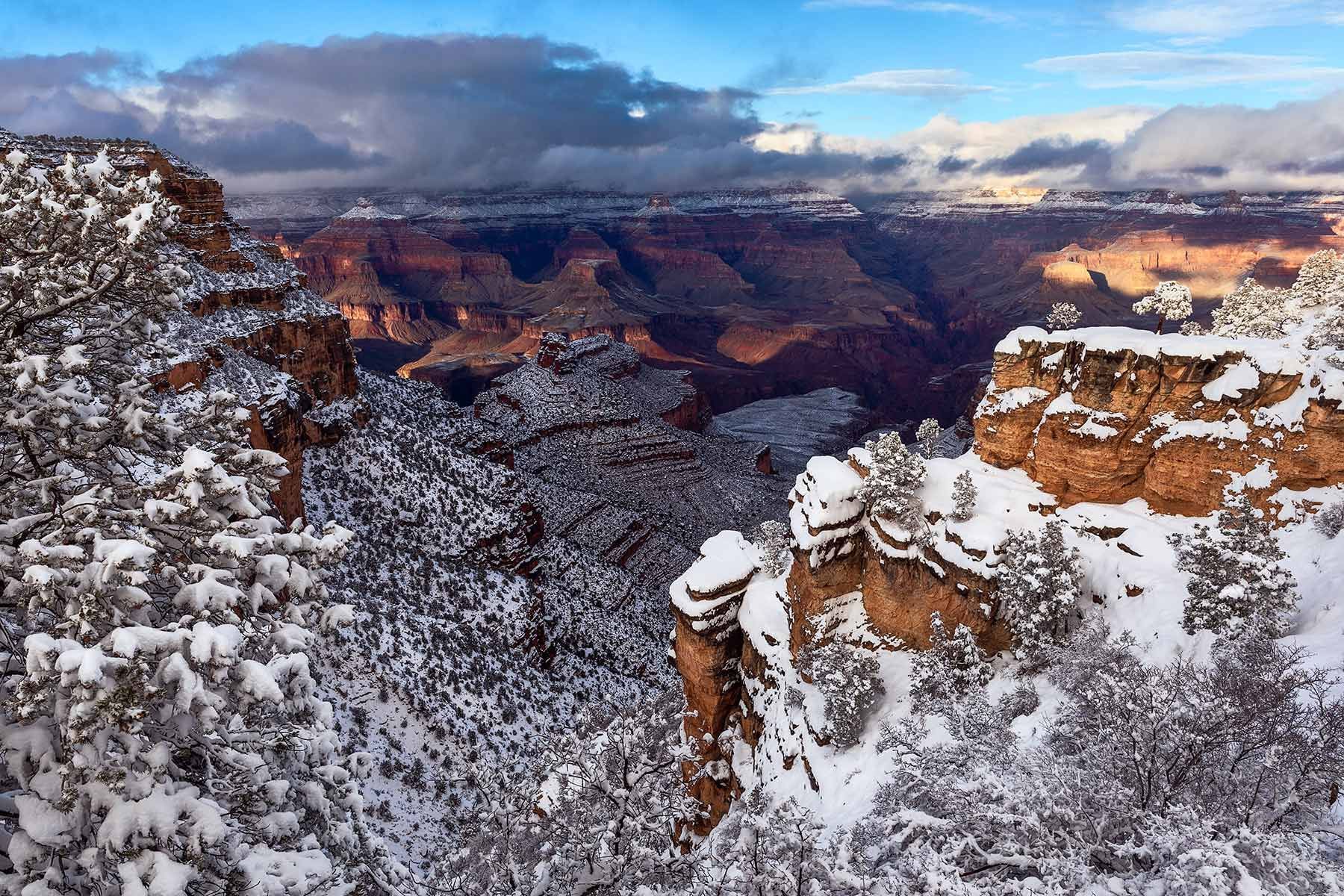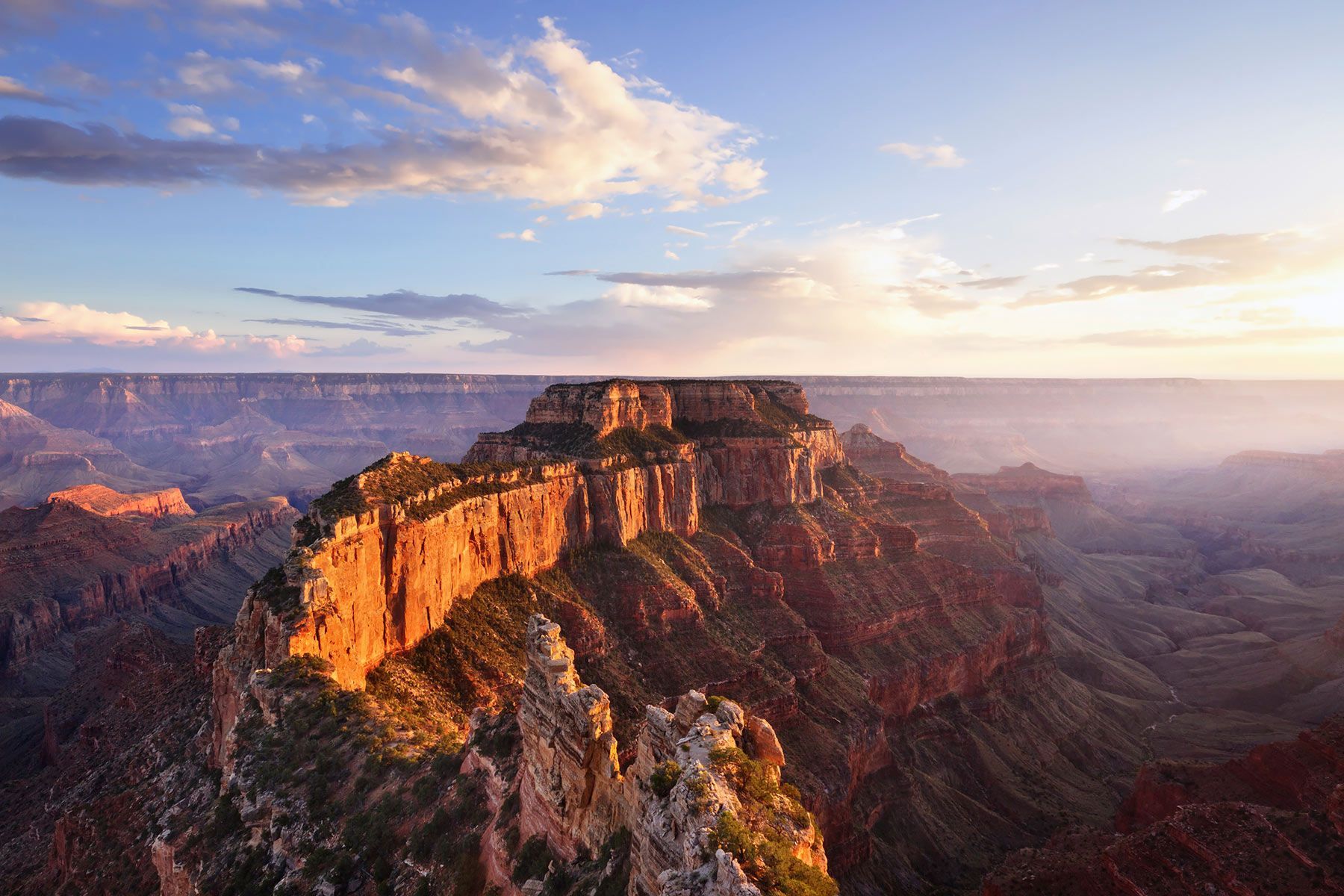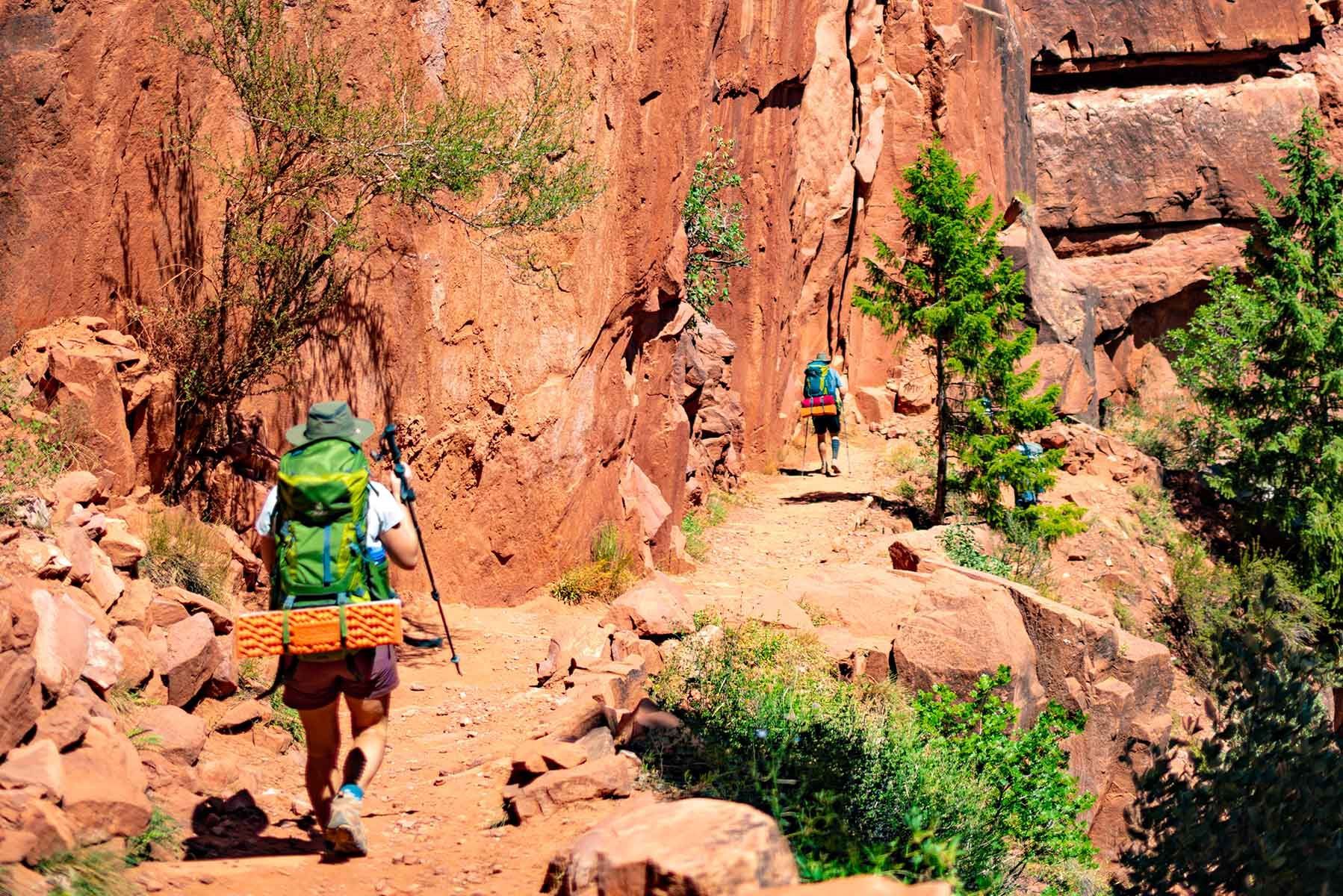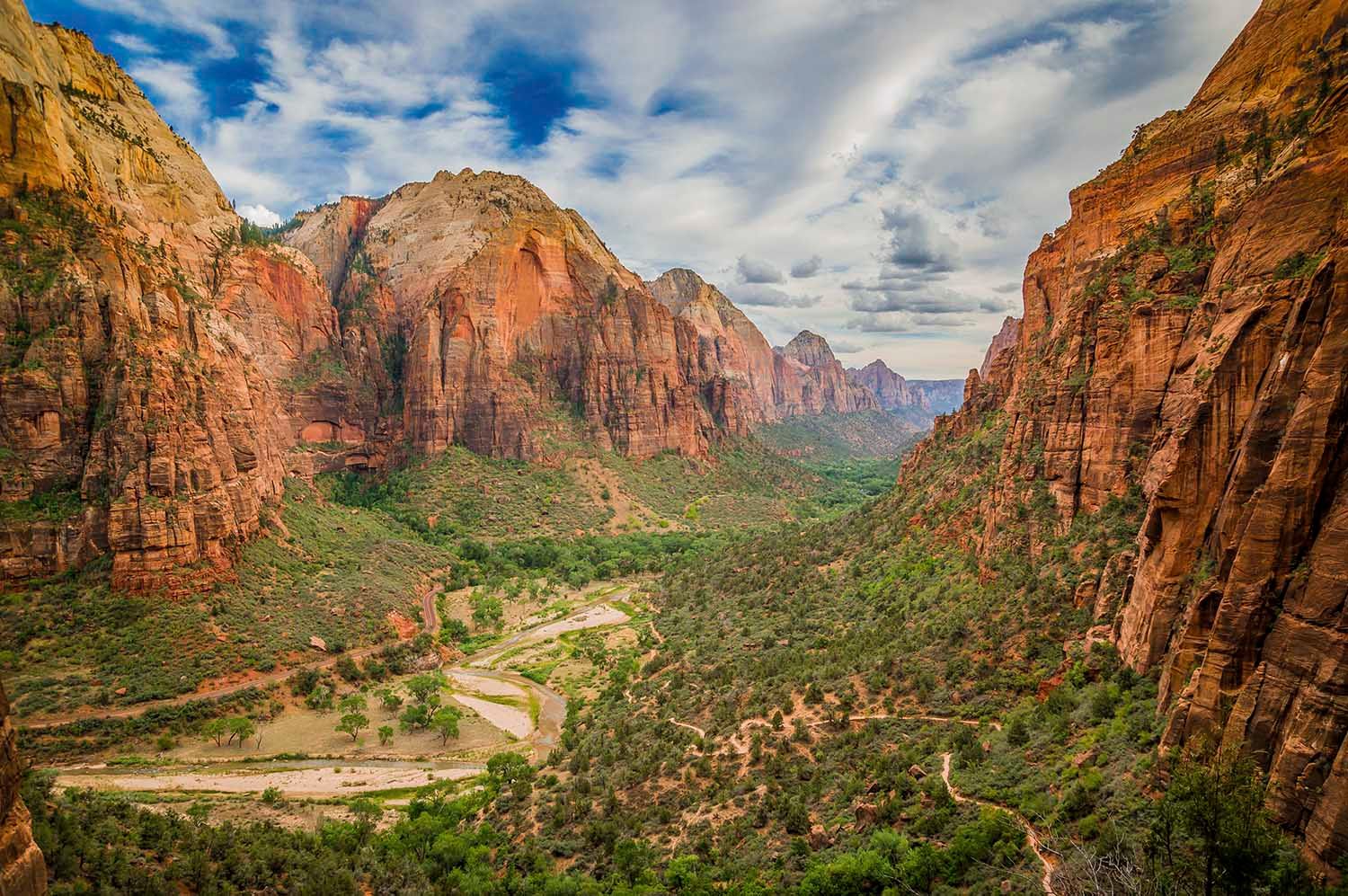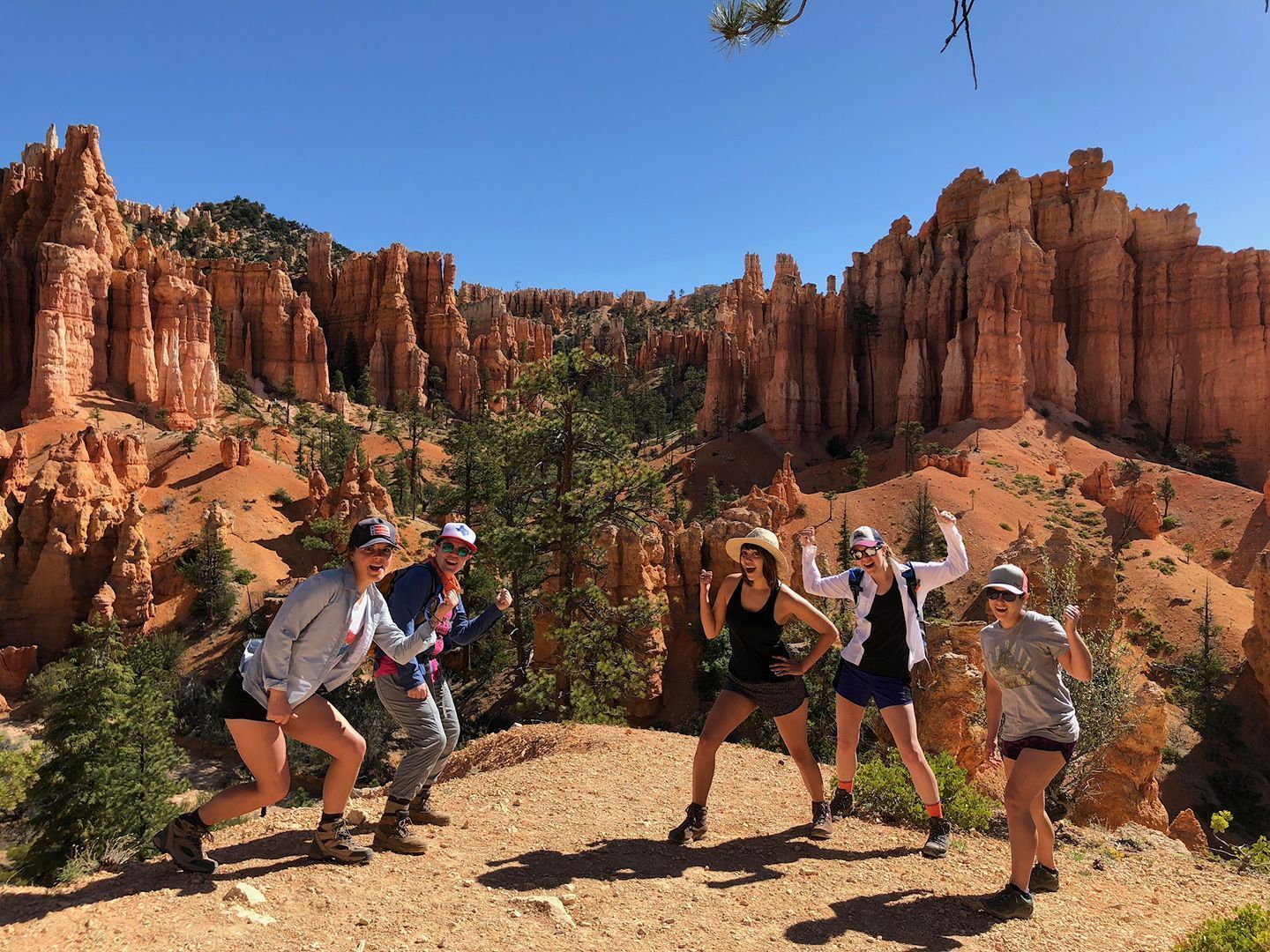Death Valley Hikes: An Adventure Through the Heat and Beyond
Death Valley National Park is one of the most extreme landscapes on Earth. Known for its blistering summer temperatures, vast salt flats, and surreal rock formations, it’s a place where the forces of nature are on full display. But don’t let the name fool you—there’s much more to this desert than meets the eye! For hikers,
Death Valley offers a surprisingly rich diversity of trails, each one taking you through otherworldly terrain that seems frozen in time. In this guide, we’ll dive into some of the most stunning and unique hikes in Death Valley, perfect for adventurers seeking to explore this unique landscape in all its beauty.
Key Takeaways
- Death Valley hikes offer diverse landscapes — from golden canyons and vast salt flats to high mountain peaks like Telescope Peak, each trail reveals a different side of this extreme desert ecosystem.
- The best time to hike Death Valley is winter when temperatures are cooler and conditions are safer, making it ideal for exploring top trails like Golden Canyon, Mosaic Canyon, and Desolation Canyon.
- Preparation is crucial for safety — bring plenty of water, wear sun protection, and know your limits, especially when tackling remote or strenuous routes in Death Valley National Park.
- Badwater Basin and Dante’s View deliver iconic experiences — one lets you walk across the lowest point in North America, while the other rewards you with breathtaking views over the valley floor.
- FS Guides’ Death Valley hiking tours combine comfort and adventure, offering expertly led lodge-based and backpacking experiences for those who want to explore the park safely and deeply.
- For unforgettable desert adventures, consider joining guided Death Valley hikes that blend expert knowledge, safety, and comfort—perfect for both first-timers and seasoned explorers.
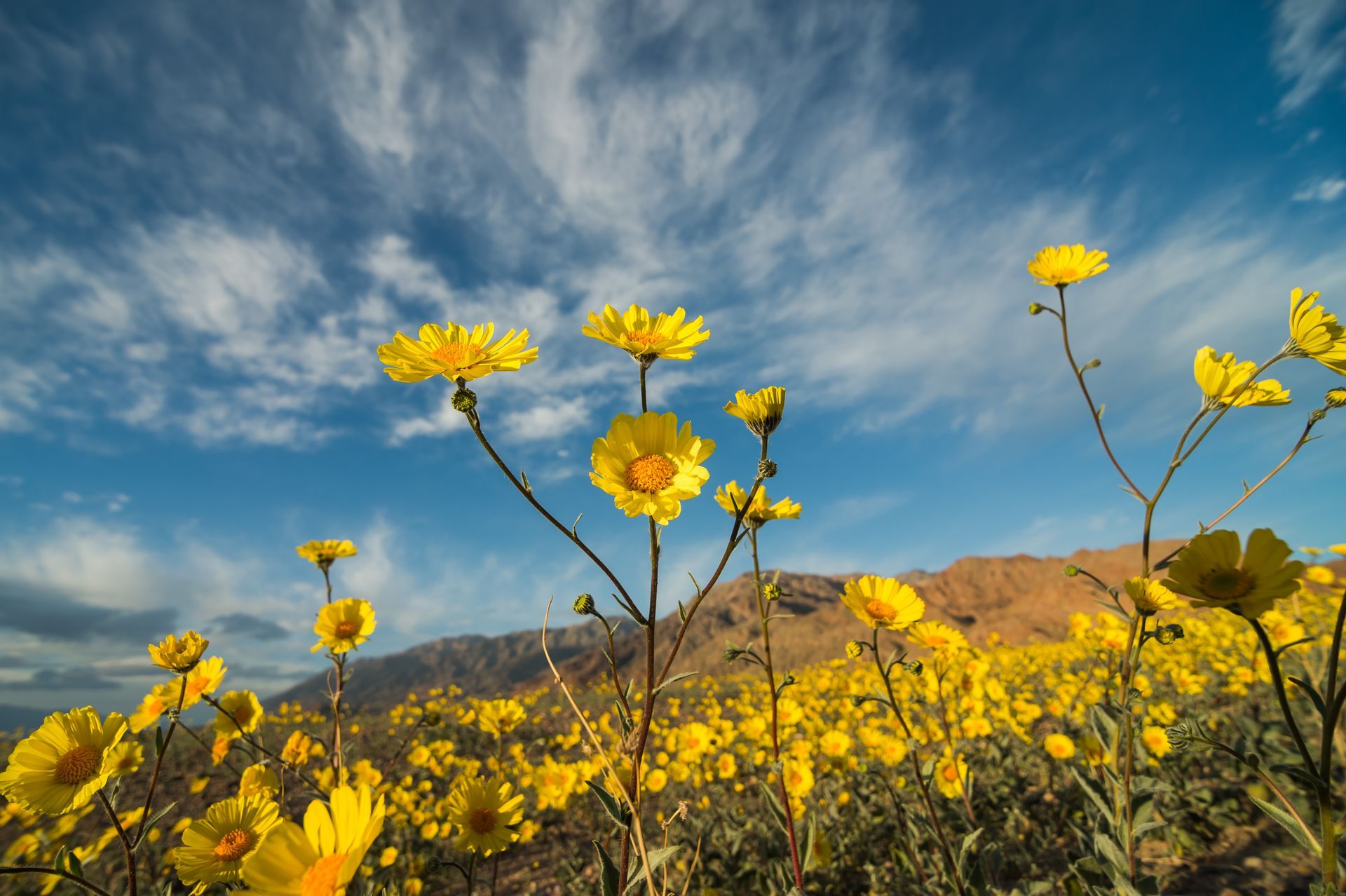
Why Hike in Death Valley?
You might wonder, why would anyone want to hike in one of the hottest places on Earth? The answer is simple: the beauty. With a vast network of hiking trails in Death Valley National Park, the region attracts explorers from all over the world. Death Valley, with its immense solitude and dramatic views, is a paradise for those looking to experience raw, unfiltered nature. It’s a place where you can lose yourself in the vastness of the desert, where the horizons stretch endlessly in every direction and the silence is almost palpable. The hiking trails in Death Valley range from relatively easy walks to challenging backcountry routes, and each one offers its own unique glimpse into the rugged terrain and natural wonders of the valley.
Whether you’re an experienced hiker looking for a remote challenge or a beginner seeking a short trek through breathtaking landscapes, there’s a trail for you in Death Valley. The Death Valley trail map reveals stunning geological formations, remote canyons, and even hidden waterfalls like Darwin Falls. From the lowest salt flats to snow-capped summits like Telescope Peak, there's no shortage of epic landscapes to experience.
If you're interested in exploring with ease, consider joining our
Death Valley hiking tours for a guided experience.
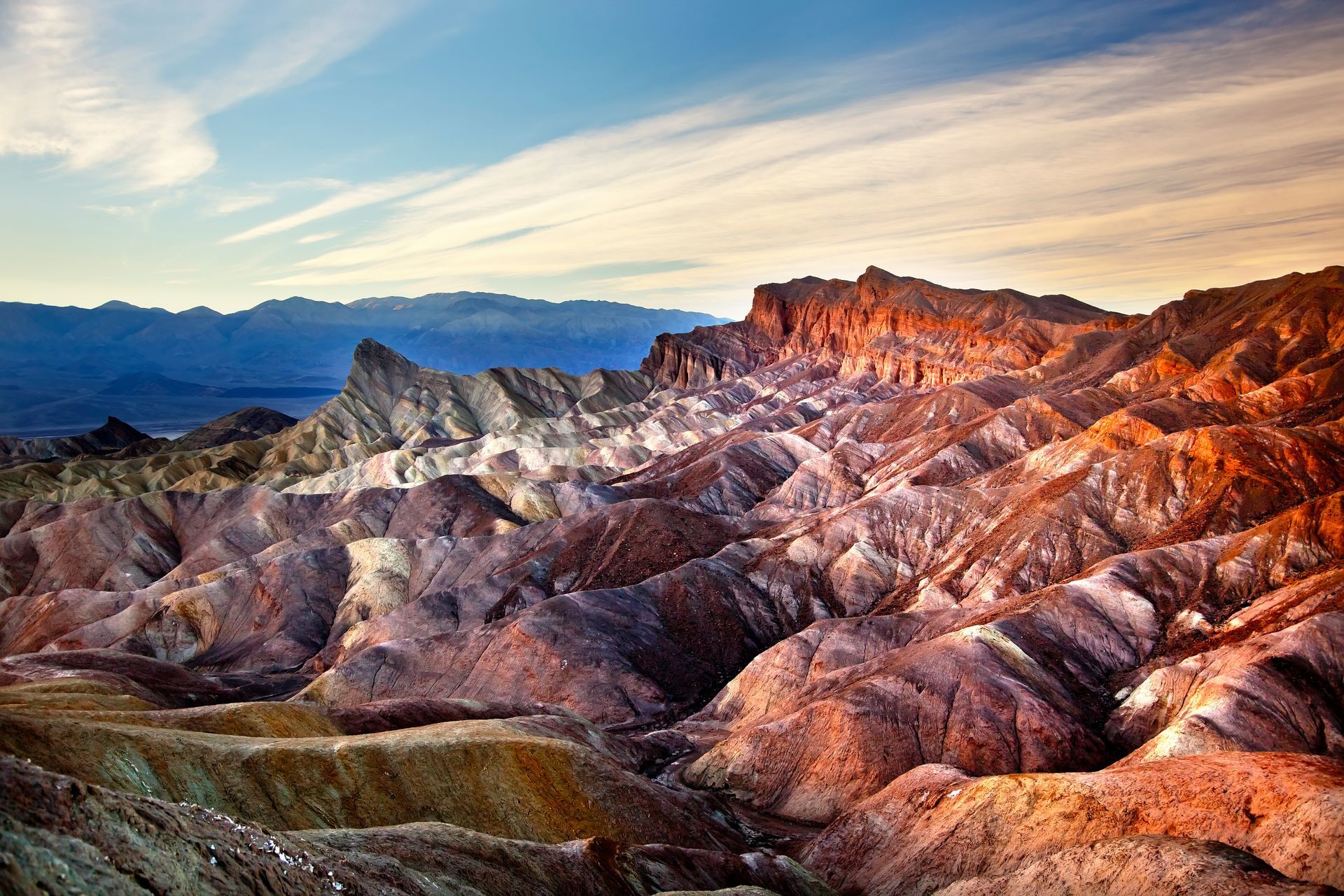
Best Hikes in Death Valley
1. Golden Canyon to Gower Gulch Loop
For those seeking a relatively easy but absolutely beautiful hike, the Golden Canyon hike to Gower Gulch Loop is a must-do. This unforgettable journey begins at the Golden Canyon Trailhead, traversing the iconic Golden Canyon Trail before looping into Gower Gulch. This 4.4-mile loop takes you through some of the most striking landscapes in Death Valley, including the iconic golden-hued walls of Golden Canyon. The trail is a moderate-level hike, with some slight elevation changes, making it accessible to most hikers and making it a must for lovers of beautiful hiking. If you love exploring dramatic desert formations, our Utah Basecamp Adventure offers similar slot canyons and sandstone landscapes. Along the way, you’ll traverse through narrow canyons, pass by striking rock formations, and get a firsthand look at the colorful geology of the area.
Why it’s Special: The vibrant colours of the canyon walls, especially during sunrise or sunset, make this hike a photographer’s dream. As you hike deeper into the canyon, the walls seem to glow with hues of gold, pink, and red. You’ll walk through one of the most
beautiful hiking trails in California; it’s an unforgettable experience and one of the best hikes in Death Valley National Park.
2. Badwater Basin Salt Flats
At Badwater Basin, you’ll find the lowest point in North America, sitting 282 feet below sea level. This is not a typical “hike” in the traditional sense, as it’s more of a walk across a vast, flat, salt-encrusted landscape starting from the Badwater Basin trailhead. Start your walk at the Badwater Basin Trailhead, where the salt-crusted flats stretch to the horizon. However, the experience of walking across the largest salt flat in the Western Hemisphere is nothing short of otherworldly.
Why it’s Special:
The sheer scale of Badwater Basin is awe-inspiring, and the shimmering white salt crystals create a stark contrast against the surrounding mountains. While this is an easy walk, the desolate beauty of the flats offers a unique and haunting sense of solitude. For directions, check the
Badwater Basin directions to plan your visit. Located at the lowest elevation in North America, Badwater Death Valley National Park is one of the Death Valley must see spots and a top entry on any Death Valley Must-See Map.
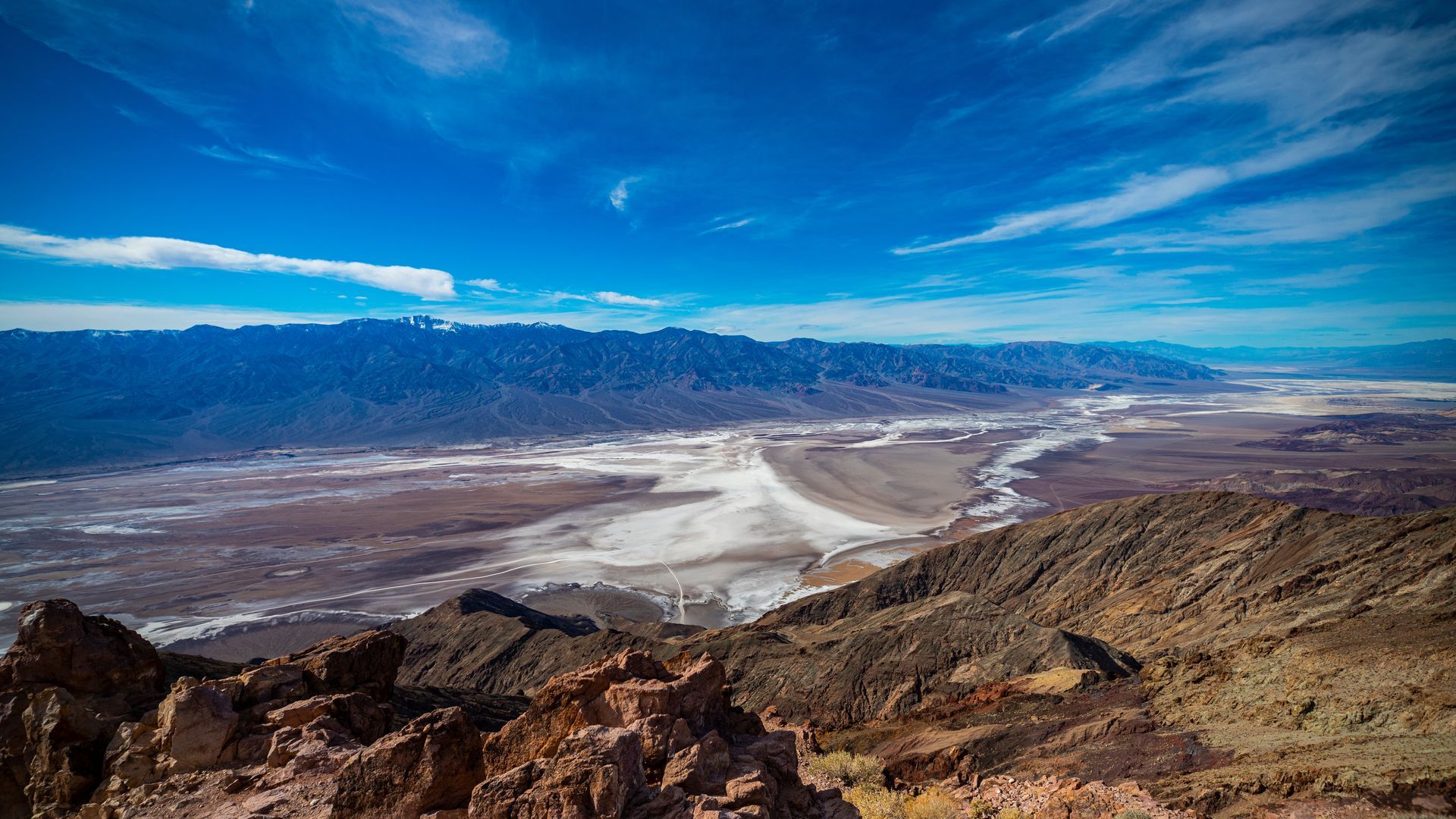
3. Dante’s View
While Dante’s View isn’t technically a hiking trail, it’s a must-visit for anyone hiking in Death Valley. This panoramic viewpoint sits at over 5,000 feet above the valley floor and offers breathtaking views of the entire park, stretching from the Panamint Mountains to the salt flats of Badwater Basin below. It’s an excellent place to catch sunrise or sunset, when the colors of the valley are at their most dramatic. For those seeking a little more from this great vantage point, there are some ridgeline trails extending away from the main viewpoint.
Why it’s Special: From this high vantage point, you can see how Death Valley gets its name—it's as if the valley stretches on forever. The view is an exhilarating reminder of how small we are in the face of such vast natural beauty.
4. Desolation Canyon
If you're looking for solitude and quiet, Desolation Canyon is one of Death Valley’s gems. Located along the western flank of the Black Mountains, this 3.6-mile out-and-back trail offers dramatic canyon views, with colorful rock walls and fascinating desert vegetation. It's got a few scrambling sections, but this less trafficked trail is perfect for those seeking an intimate desert experience.
Why it’s Special:
The lack of crowds and the sense of isolation make this hike feel like you’re walking through a pristine, untouched part of the world. The canyon walls are narrow, and the colors of the rocks shift with the light, making it a visually striking hike. This is a perfect hike for those seeking the solitude of
backpacking in Death Valley or shorter hiking Death Valley National Park experiences.
5. Mosaic Canyon
For a short and incredibly scenic hike, look no further than Mosaic Canyon. This 2-mile trail takes you into a narrow, twisting canyon with smooth, polished walls that reflect the rich, multicolored patterns that give the canyon its name. Starting at the Mosaic Canyon trailhead, this trail is known as one of the best hikes in Death Valley for its striking geological formations. The smooth, polished walls and occasional rockslides make this a fun, adventurous walk with a touch of mystery. The Mosaic Canyon Death Valley CA hike is short but delivers a big punch in visual impact.
Why it’s Special: The narrowness of the canyon creates a unique environment, and the intricate, mosaic-like rock formations will make you feel like you’ve stumbled into a hidden gallery of nature’s artwork.
The Mosaic Canyon Trail is an easy hike, perfect for a short excursion, and a favorite among those exploring the trails in Death Valley. This is one of the top
Death Valley hikes,
especially for first-time visitors.
6. Telescope Peak
For seasoned hikers seeking a more challenging and rewarding adventure, Telescope Peak offers the perfect opportunity to summit the highest point in Death Valley National Park. At 11,043 feet, the Telescope Peak Hike Death Valley is the highest and most demanding route in the park. For those wondering, the Telescope Peak Death Valley Hike is strenuous but rewarding with endless views.
Why it’s Special:
Not only is Telescope Peak the highest point in the park, but it also offers a truly diverse range of ecosystems as you ascend, from desert landscapes to pine forests. The panoramic views from the summit are worth every step of the strenuous 14-mile round-trip hike. You’ll climb from valley floor to snow-dusted ridges and experience one of the world's greatest hikes. This is where Death Valley Mountain ecosystems collide.
7. Wildrose Peak
Looking for something slightly easier? Wildrose Peak provides panoramic views without the challenge of Telescope Peak hike. For those who want a moderately challenging hike that still rewards with incredible views, Wildrose Peak is a great option. A great alternative if you're aiming for elevated Death Valley backpacking. This 4.4-mile trail (one-way) takes you up to a 9,000-foot peak with sweeping views of the valley below. It's a great way to get a panoramic view of Death Valley without tackling the strenuous ascent of Telescope Peak.
Why it’s Special:
Its altitude and scenery place it among the
10 Most Beautiful Hikes in the World. The Panamint Range Death Valley views from here are phenomenal. The views from Wildrose Peak are nothing short of spectacular. On a clear day, you can see all the way to the Sierra Nevada and the surrounding mountains. The trail is also rich with desert flora, offering a surprising variety of plants and wildlife.
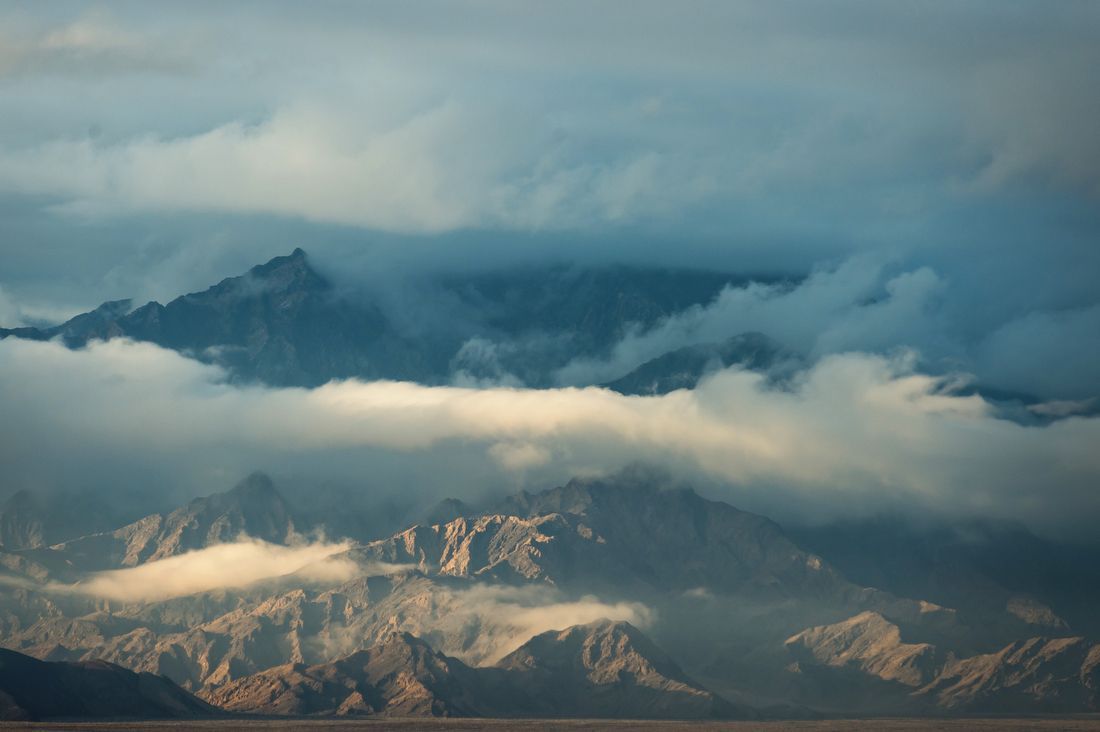
Exploration Trails and other noteworthy hikes
For those seeking a deeper wilderness experience, backpacking in Death Valley opens up a new world of adventure. Popular backpacking routes include sections near Desolation Canyon, Mosaic Trail, and the Ubehebe Crater Loop. These routes require preparation and are best tackled with proper maps like the death valley national park trail map and guidance on conditions.
Whether you prefer multi-day treks or customized tours, FS Guides offers expert-led options that provide the perfect balance of challenge and safety. Our backpacking services help you discover the more remote and breathtaking parts of the park on well-planned routes.
You may also want to try:
- Red Cathedral Death Valley: A dramatic rock formation popular among seasoned hikers.
- Furnace Creek to Telescope Peak: For those aiming at the summit, this is the hardest hike in California and a true test of endurance.
- Ubehebe Crater Loop: A stunning volcanic crater loop that showcases Death Valley’s volcanic past.
- Grotto Canyon Death Valley and Falls Canyon Death Valley: Lesser-known but rewarding hikes for exploration lovers.
Tips for Hiking in Death Valley
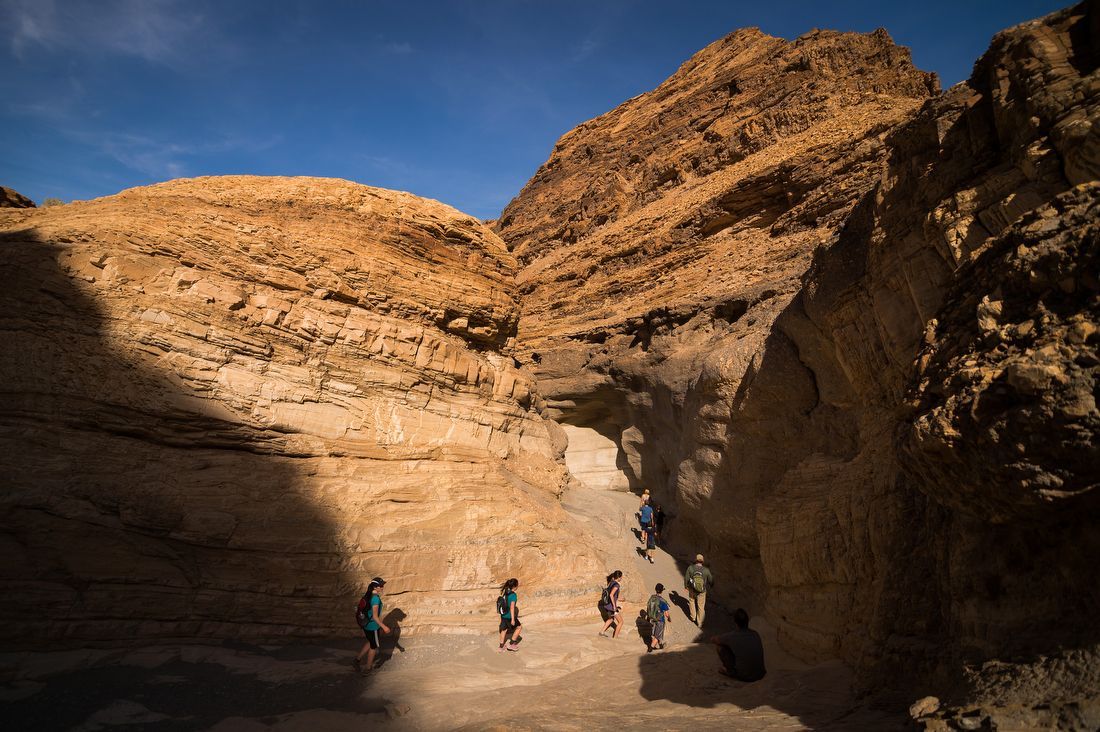
- Timing is Everything: Death Valley is infamous for its extreme heat, so the best times to hike are during the cooler months, typically from late fall through early spring. Summer hikes should be avoided, as temperatures often exceed 120°F (49°C), making it dangerous to hike.
- Bring Plenty of Water: The dry desert air can dehydrate you quickly, so always carry ample water. Depending on the trail and conditions, it’s best to bring at least one liter per hour of hiking.
- Sun Protection is Key: The sun is relentless in Death Valley. Make sure to wear a wide-brimmed hat, sunscreen, and protective clothing. Sunglasses are also a must.
- Know Your Limits: Some trails, especially those in remote areas like Desolation Canyon, can be quite challenging. Make sure you are prepared for the terrain and bring a map, compass, or GPS device.
Preparing for a Hiking in Death Valley is a must -- it's an experience unlike any other—where vast desert landscapes, dramatic rock formations, and jaw-dropping views await. Whether you're wandering through the golden-hued walls of Golden Canyon, standing at the lowest point in North America at Badwater Basin, or summiting Telescope Peak for panoramic vistas, the trails here offer something for every type of adventurer.
Explore Death Valley in Winter
The best time for most hikes is winter. Visiting Death Valley in Winter offers cooler temps, and you’ll avoid the infamous Death Valley November weather extremes. Be prepared with a Death Valley hiking map and plan around Death Valley National Park winter conditions.
Want to know what to expect? Look up "Temperature in Death Valley in November" to stay safe and comfortable.
Whether you’re interested in camping in Death Valley in December, backcountry exploration, or simply soaking in views of the Death Valley Mountains, Winding Waters is here to help you find the best places to go in Death Valley. From Epic Hikes of the World to Top River Hikes Around the World, we know what makes a trail unforgettable.
Frequently Asked Questions
Discover everything you need to know about hiking in Death Valley National Park—from the best trails and safety tips to when and how to explore this extraordinary desert landscape.
What are the best hikes in Death Valley?
Some of the most popular hikes include Golden Canyon to Gower Gulch Loop, Badwater Basin Salt Flats, Desolation Canyon, Mosaic Canyon, Wildrose Peak, and Telescope Peak. Each offers a distinct experience—from easy scenic walks across salt flats to challenging mountain summits with panoramic views.
When is the best time to hike in Death Valley?
The best time to hike is between late fall and early spring, when temperatures are cooler. Winter offers ideal hiking weather, with daytime highs ranging from the 60s to 70s°F. Summer hikes should be avoided due to dangerous heat that can exceed 120°F (49°C).
Is it safe to hike in Death Valley?
Yes, but preparation is essential. Always carry plenty of water—at least one liter per hour of hiking—wear sun protection, and start early in the day. Avoid hiking in extreme heat, stick to marked trails, and let someone know your route and expected return time.
What should I bring for a hike in Death Valley?
Bring ample water, electrolyte snacks, sunscreen, a wide-brimmed hat, sunglasses, sturdy hiking boots, and a map or GPS device. Light, breathable clothing is ideal. For longer hikes, carry a first aid kit and extra layers for cooler evening temperatures.
Can beginners hike in Death Valley?
Absolutely. Many trails, like Badwater Basin and Mosaic Canyon, are beginner-friendly and offer breathtaking scenery without steep climbs. Always check the trail difficulty and current weather conditions before heading out, as even easy trails can become challenging in the heat.
Are guided hiking tours available in Death Valley?
Yes, Four Season Guides (FS Guides) offers guided hiking and lodge-based tours that combine adventure with safety and comfort. Expert guides handle logistics and provide insight into the park’s geology, history, and ecosystems, ensuring a rewarding experience for all skill levels.
What makes Death Valley hiking unique?
Death Valley’s trails traverse some of the planet’s most extreme and varied landscapes—from salt flats 282 feet below sea level to peaks over 11,000 feet high. The park’s colorful canyons, surreal rock formations, and vast desert vistas make each hike feel like stepping onto another world.
How difficult is the Telescope Peak hike?
Telescope Peak is the most strenuous hike in the park—a 14-mile round trip with significant elevation gain. It rewards hikers with panoramic views from the highest point in Death Valley, spanning from the salt flats below to the distant Sierra Nevada mountains.
Are there any short, scenic hikes in Death Valley?
Yes. Mosaic Canyon, Golden Canyon, and Badwater Basin are great short hikes offering stunning visuals and unique geological features. These trails are perfect for day visitors or those seeking a memorable yet manageable adventure in the park.
What safety precautions should I take when hiking in the desert?
Start early, avoid hiking in peak heat, and bring more water than you think you’ll need. Protect yourself from the sun, know your limits, and always check trail and weather conditions. Death Valley’s beauty is unmatched—but so is its intensity, so preparation is key.
Can I hike in Death Valley during winter?
Yes, winter is the ideal season for hiking. Cooler temperatures make exploring far more comfortable, and the desert’s crisp air enhances visibility for photography and sightseeing. Just remember that higher-elevation trails may have snow or cooler winds.
Experience Death Valley with FS Guides
But you don’t have to navigate this extreme landscape alone! With Four Season Guides, you’ll experience Death Valley’s stunning beauty in the safest and most rewarding way possible. Our
Death Valley Lodge-Based Hiking Tour is designed to immerse you, as part of our award-winning
Lodge-Based Adventures, this trip blends comfort and exploration. In the park’s most spectacular hikes while offering the comfort of a welcoming lodge to rest after a day on the trail.
If you’re looking for a more supportive, empowering experience, our
Women’s Death Valley hiking tour is the perfect way to explore the desert in good company—designed for connection, comfort, and adventure.
Embark on unforgettable day hikes, lodge-based tours, backpacking, or customised tours with FS Guides to fully experience the unique beauty of Death Valley safely and comfortably.
Let our expert guides take care of the details—from route planning and logistics to safety and trail knowledge—so you can focus on the adventure. Want to explore more incredible landscapes? Discover our destinations across the Southwest.
Curious what makes FS Guides trips so memorable? Our guests share their thrilling experiences—check out our Google Business Profile Reviews!
Four Season Guides, 506 N Grant St suite o, Flagstaff, AZ 86004, United States
+19285251552
35.19653980, -111.62000560

